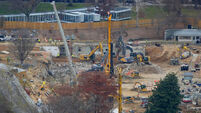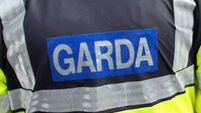Martial law and dangerous floodwaters in New Orleans
Soldiers toting M-16s strengthened their grip on this swamped city as concerns grew about the risks posed by the toxic floodwaters and officials braced for what could be a staggering death toll by readying 25,000 body bags.
Across miles of ravaged neighbourhoods of clapboard houses, grand estates and housing projects, workers struggled to find corpses and convince the city’s last stubborn residents to leave.














